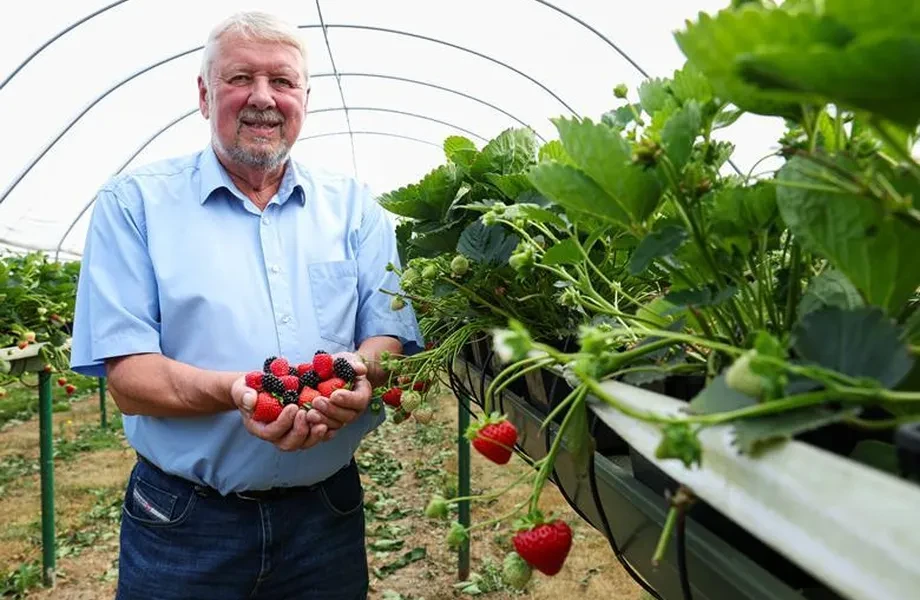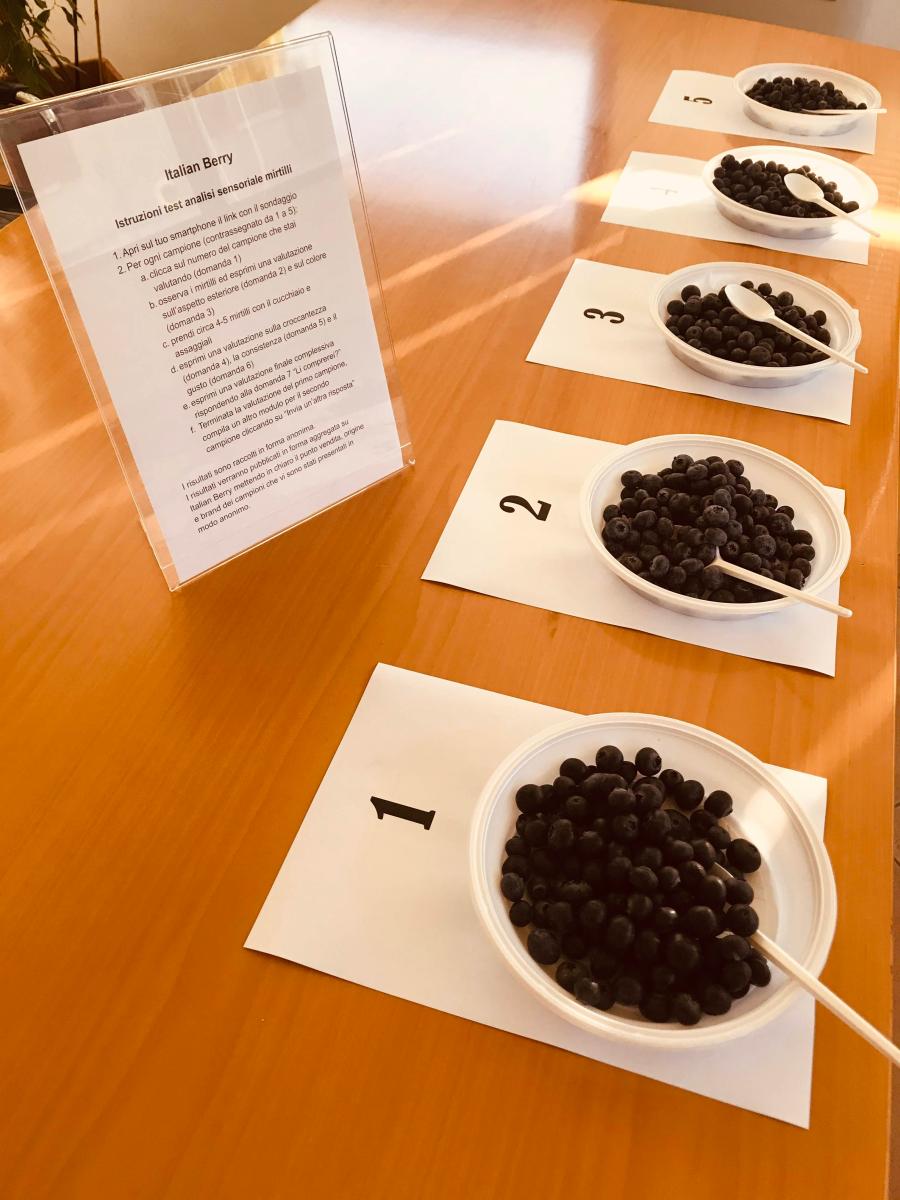According to a recent report published by Fruitnet, British berry producers have warned that 2025 will be a challenging year due to rising energy costs and wages, creating difficult conditions for farms.
The lack of fair returns from retailers has also been cited by producers as a persistent issue, threatening the future success of the sector.
Despite this, the UK berry market has reached a total value of £2 billion (~€2.32 billion) for the first time, according to British Berry Growers, the industry body representing 95% of berries sold in the UK.
The sector's growth has largely been driven by rising consumer demand, with sales volumes increasing by 4.3% in the last year and market penetration (percentage of consumers buying berries) now at 85.3%.
A resilient sector
“We are extremely proud to have reached this milestone and of the sector's resilience despite challenging operating conditions,” said Nick Marston, chairman of British Berry Growers.
“But it's also clear there are very real risks threatening the sector's future. Retailers, in particular, play a significant role in the recovery process.
“Without their support, producers will struggle to expand production and meet the growing demand for fresh British berries,” he added.
“This would be a disaster, considering the continued growth of the retail market represents a major opportunity to increase domestic production and the UK’s self-sufficiency.”
Steady growth
This milestone marks nearly a decade of consistent market growth, with the sector doubling its value since 2015, when the market first hit £1 billion (~€1.16 billion).
In the past year, the average annual price of berries increased significantly by 6.9%, contributing greatly to the sector's value growth.
The market value coincides with a new EY report commissioned by British Berry Growers, which found that the UK berry industry makes a notable contribution to the UK economy; in 2023, the sector added £624 million (~€725 million) to the economy, contributed £134 million (~€155 million) in taxes, and supported 16,317 full-time jobs.
Challenging conditions
However, despite achieving this £2 billion milestone, the future success of UK production is far from guaranteed, with increasingly difficult conditions for producers.
According to the EY report, the sector's growth rate has slowed significantly in recent years, with the compound annual growth rate (CAGR) for berry sales volumes dropping from 7.8% between 2012 and 2019 to 1.3% between 2019 and 2023.
This slowdown is mainly attributed to rising production costs, including higher energy prices and increases in the national minimum wage.
The national minimum wage has risen by 59% from 2016 to 2024, creating a significant burden on this labor-intensive sector.
Pressure on producers
In fact, 71% of growers surveyed in the EY report reported operating cost increases of over 20% between 2020 and 2023.
For the vast majority – 85% of producers – revenues have not kept pace with rising operating costs.
Unfortunately, for UK berry producers, the sector's recovery is not sufficiently supported by fairer returns from retailers, British Berry Growers stated.
Although the average retail price of berries rose by 14.5% between 2020 and 2023, the average price paid to producers by retailers increased by only 11.2% during the same period, an "insufficient" growth to cover average operating cost increases (non-labor) of 37%.
UK producers also face increasing competition from imported berries.
Despite overall growth in the UK berry market (domestic and imported), the market share of UK-grown berries has dropped by 2.54%, while import volumes have increased by 15.11%.
A call to action
“As we begin 2025, it is clear that collaborative action is essential to ensure the survival and continued growth of the UK berry industry,” concluded Marston.
“Retailers, legislators, and industry stakeholders must work together to support UK producers through fairer prices and expanded access to seasonal labor to secure the future of one of the UK’s most important agricultural sectors.”
The data in the article was derived from Kantar sales data and the EY report.










